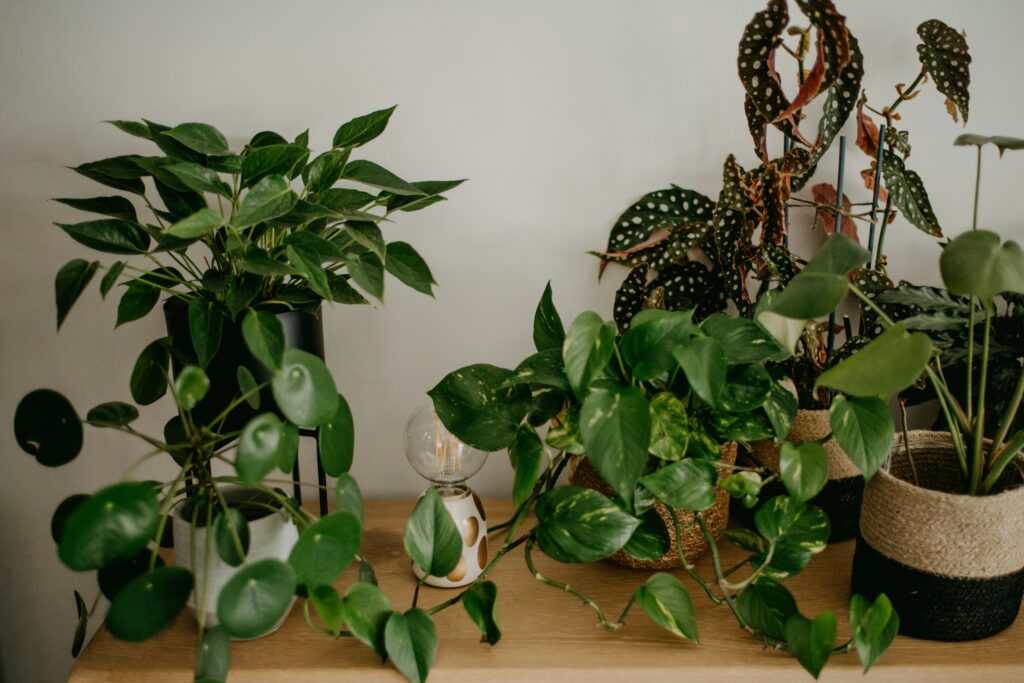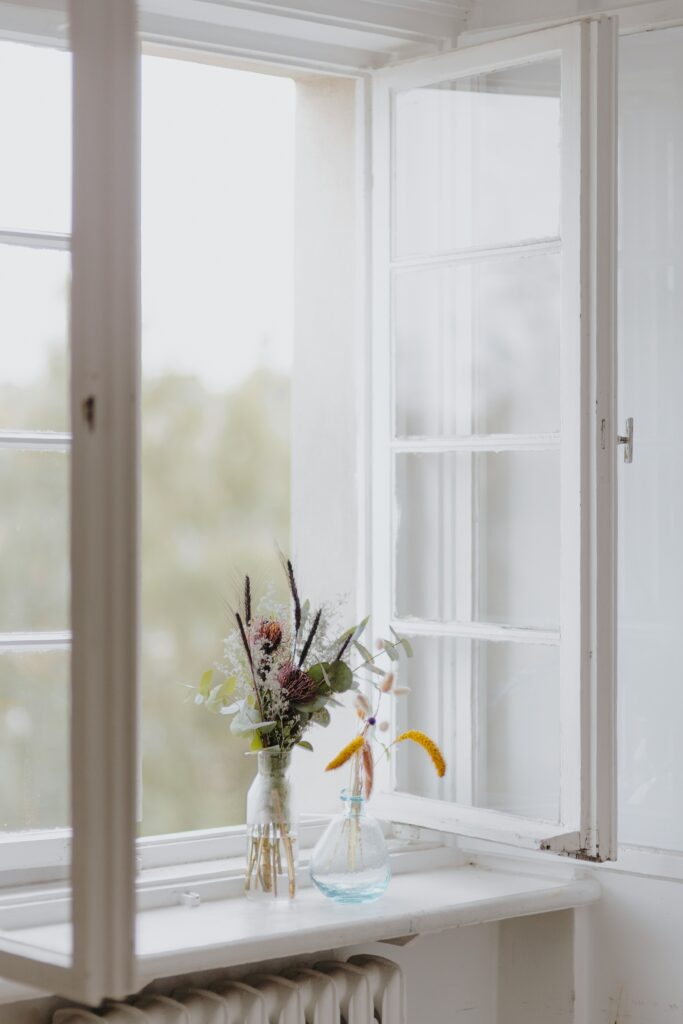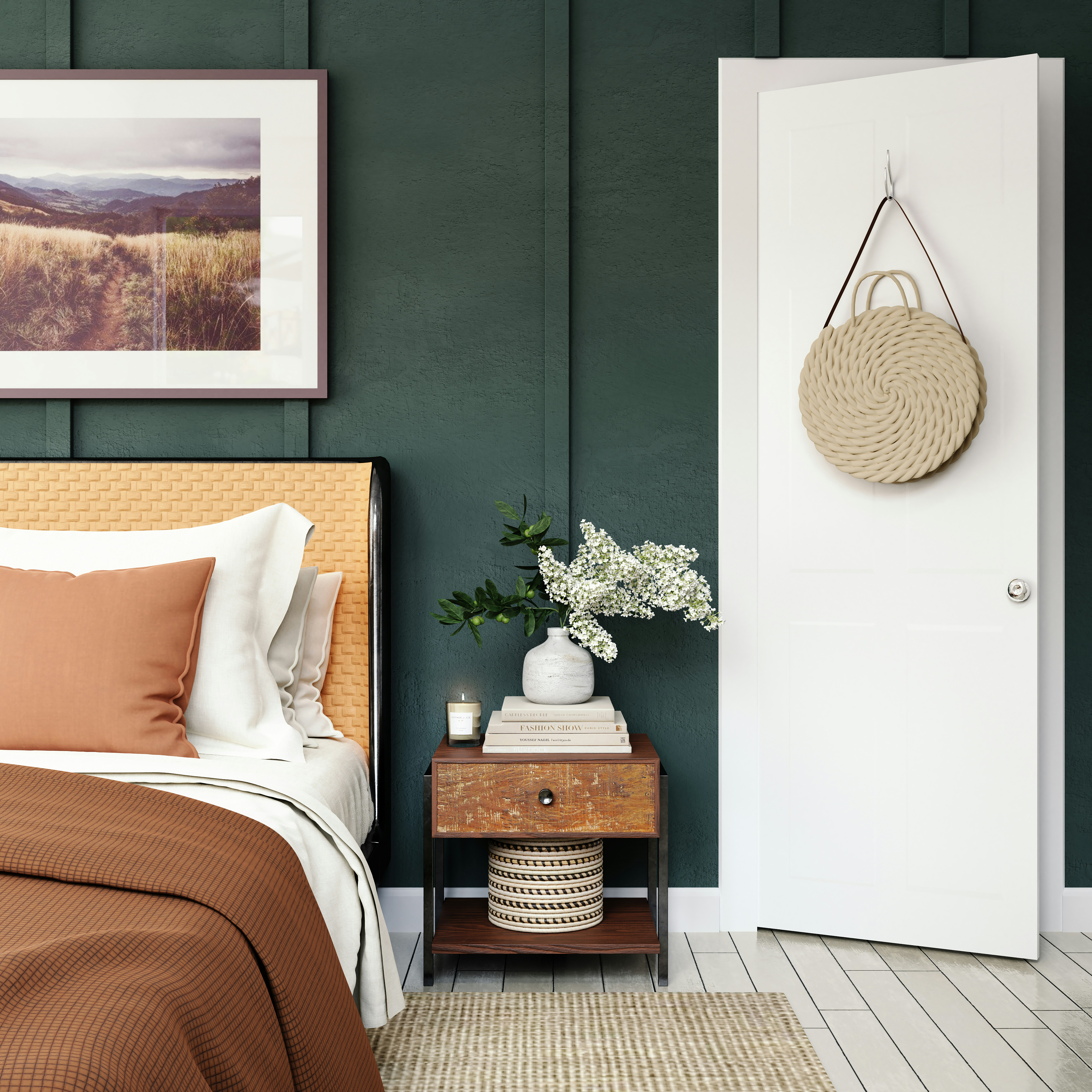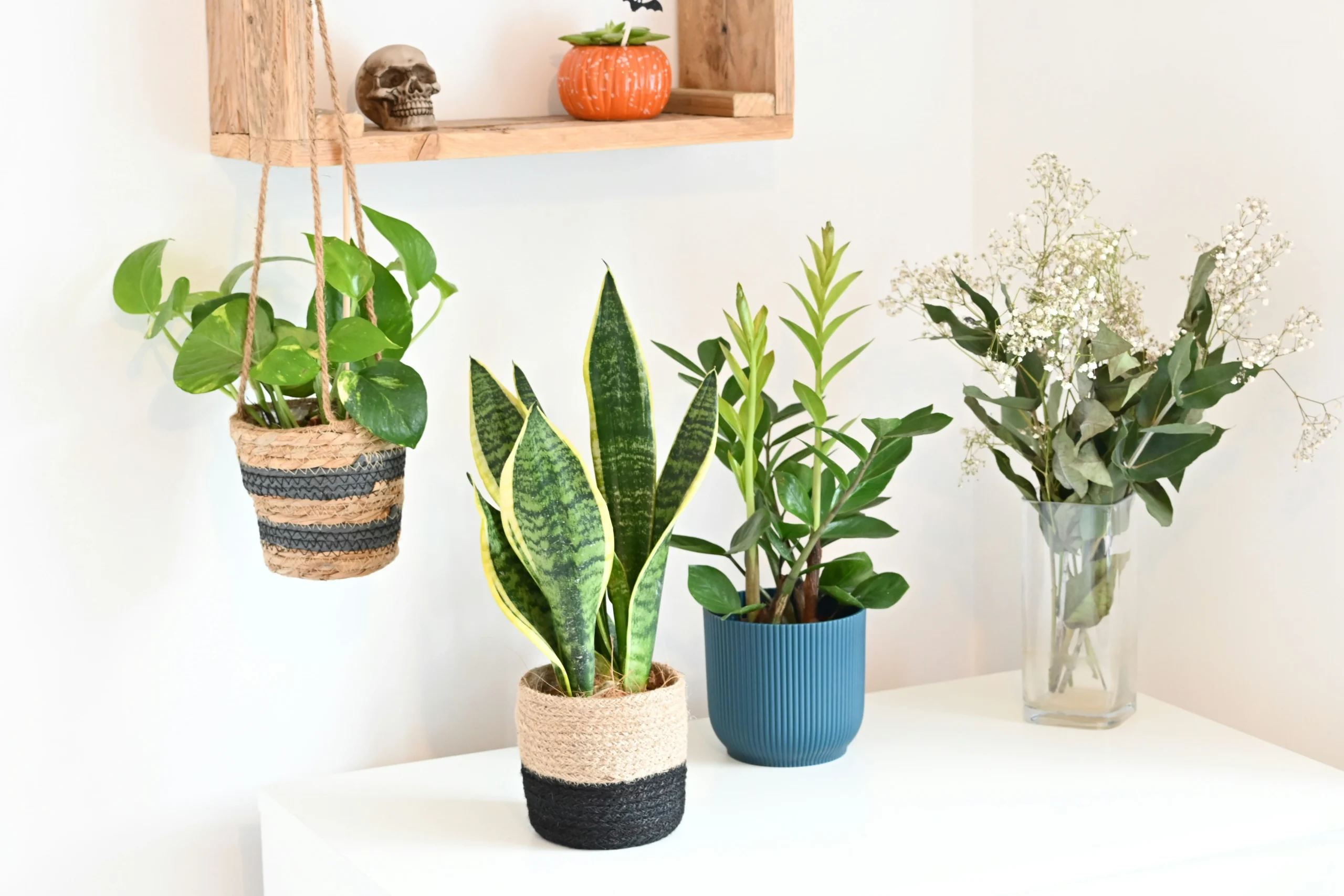The blog
A creative and inspirational blog written to help you create peace and harmony in your home.
What About Indoor Air Quality and Ventilation?
Imagine walking into a room where the air feels stuffy, leaving you feeling a bit off. This isn’t just a minor inconvenience, indoor air quality has a powerful impact on our health and comfort.
According to the World Health Organization, poor indoor air is linked to a range of health issues, from mild allergies to more serious conditions like asthma and even heart disease.
Here’s a curious fact: studies from the American Lung Association reveal that indoor pollutants can reach levels two to five times higher than outdoor air. This hidden issue affects nearly every home and often goes unnoticed until symptoms like headaches, fatigue, or worsening allergies start to appear.
What is the good news? By understanding the causes of poor indoor air quality and taking a few proactive steps, we can transform our homes into spaces that actively support our well-being. Let’s dive into how you can make the air you breathe everyday healthier and fresher.
1. The Hidden Dangers: Volatile Organic Compounds and Common Indoor Pollutants
It may be surprising to learn that some of the most common household items like cleaning supplies, air fresheners, and even certain paints and furniture can release chemicals known as volatile organic compounds, or VOCs, into the air. These VOCs are gases that come from a wide range of products we use every day, and they’re not alone in impacting the air we breathe. Other indoor pollutants, like carbon monoxide from heaters or nitrogen dioxide from gas stoves, can also find their way into our living spaces, potentially causing issues ranging from allergies and respiratory problems to more serious, long-term effects on our lung health.
The U.S. Environmental Protection Agency highlights these pollutants as significant contributors to poor indoor air quality, which can even lead to conditions like “sick building syndrome,” where indoor air literally makes people feel unwell, and hypersensitivity pneumonitis, an allergic reaction to inhaled organic dust.
But here’s the good news: there are ways to combat these hidden pollutants effectively. Start by choosing natural alternatives, such as essential oils instead of synthetic air fresheners—and be mindful of the products you bring into your home. Reducing exposure to these chemicals can be a simple yet powerful step towards a healthier indoor environment.
2. The Power of Proper Ventilation: Why Fresh Air Matters
One of the most impactful steps you can take to improve the air quality in your home is to create effective cross-ventilation. By allowing fresh air to move freely through open windows and doors, you can help expel indoor air pollutants, such as those released by building materials, cleaning supplies, and even furniture. Cross-ventilation not only helps reduce these pollutants but also lowers humidity levels, which is essential to prevent mould growth. Mold thrives in stagnant, humid environments and can lead to respiratory diseases and allergic reactions, especially affecting vulnerable groups like young children.
Natural ventilation, such as regularly opening windows, is a simple and cost-effective method to keep air circulating and dilute the buildup of indoor pollutants. For homes where windows are rarely opened or in areas with poor outdoor air quality, mechanical ventilation systems with HEPA filters can also be beneficial. These systems capture fine particles, dust mites, and other allergens, further supporting a healthier indoor environment.
The U.S. Consumer Product Safety Commission underscores the importance of good ventilation for keeping indoor air clean, especially in spaces with central heating or limited airflow. By making a habit of regular air exchange, you can significantly improve the air quality inside your home, protecting your family from the risks associated with stale air and inadequate ventilation.

3. Bringing Nature Indoors: The Role of Plants and Natural Air Purifiers
Another effective solution for improving indoor air quality is incorporating indoor plants into your space. Plants like aloe vera and peace lilies act as natural air purifiers, absorbing pollutants and releasing clean oxygen back into the air. According to numerous studies, indoor plants not only enhance the aesthetic of your home but also contribute to cleaner air and a more balanced humidity level.
If you’re dealing with pet dander allergies or other airborne irritants, consider enhancing your ventilation routine and investing in a high-quality vacuum cleaner with air filtration capabilities. These simple steps can make a significant difference by reducing common indoor pollutants, helping you breathe easier and creating a healthier home environment.

Improving your indoor air quality doesn’t have to be overwhelming. Start with small, manageable changes like opening your windows, swapping out chemical-laden products for natural alternatives, and adding a few indoor plants to your space. Each of these steps contributes to a healthier, more comfortable environment that supports your well-being.
Ready to take control of your indoor air quality? Download my daily checklist for easy, actionable tips to create a cleaner, healthier home.
Let’s make breathing fresh air indoors a reality, one small change at a time. Connect with us on Facebook or Instagram, or send me an email to share your journey—I’d love to hear how these tips work for you!


Imagine waking up in a home that instantly soothes your senses—the soft sound of water trickling, fresh air flowing through open windows, and lush green plants filtering the morning light. This isn’t just a dream. It’s the power of biophilic design, a concept that taps into our deep-rooted love of nature to create spaces that […]

“Your bedroom is more than just a place to rest; it’s your sanctuary—a space for relaxation, connection, and comfort. By incorporating natural fabrics and wood, you can transform your bedroom into a luxurious retreat that feels inviting and supports your well-being.” Why Your Bedroom Deserves Special Attention The master bedroom often gets overlooked in home […]

“Did you know that adding just a single pot of greenery to your living space can improve your air quality and even your mental health?” I didn’t. For years, I wasn’t much of a plant person. I didn’t get the appeal of keeping plants indoors, let alone spending hours picking the “right kind of plant.” […]

More than ten years ago, I found myself standing in the cleaning aisle of a supermarket, holding a brightly coloured bottle of a product I’d used countless times before. I’d never given much thought to the ingredients—after all, if it was on the shelf, it had to be safe, right? But that day, something was […]